A "movement" of massive investment in solar and wind power has emerged.
On October 12th, speaking at the 27th session of the National Assembly Standing Committee to consider and comment on the thematic supervision of "Implementation of policies and laws on energy development in the period 2016-2021," the Chairman of the National Assembly's Economic Committee, Vu Hong Thanh, expressed concerns regarding the quality assessment of sectoral plans such as coal, oil, renewable energy, and wind energy; the interconnectedness and linkages between these sectors; and whether the issue of issuing sectoral plans before the overall plan can be resolved. According to Chairman Vu Hong Thanh, the overall plan should be issued first, followed by sectoral plans.
According to Vu Hong Thanh, Chairman of the National Assembly 's Economic Committee, the Supervisory Delegation has concluded that the implementation of energy sector planning still has many shortcomings, especially in the organization of Power Plan VII and its adjustments regarding the development of wind power, solar power, and small hydropower.
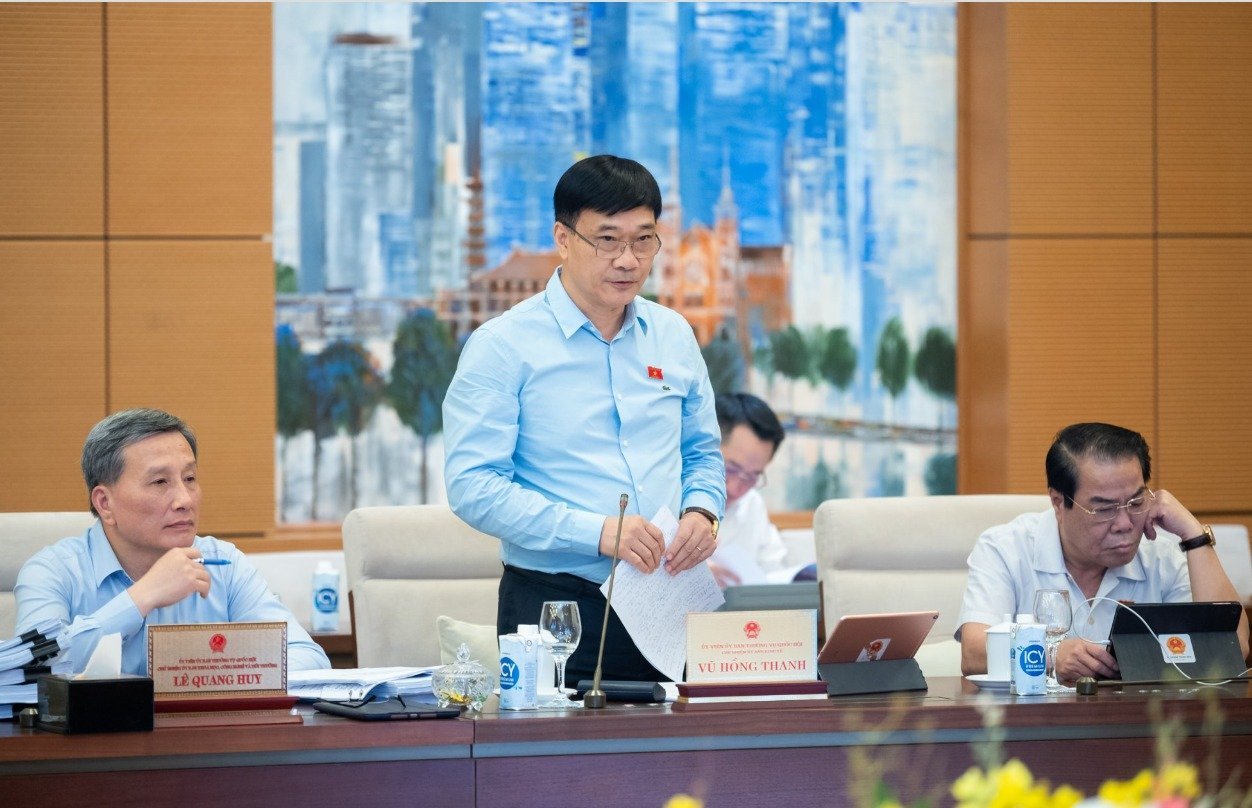
Chairman of the National Assembly's Economic Committee, Vu Hong Thanh, delivered a speech.
According to the Chairman of the Economic Committee, in the recent past, the Ministry of Industry and Trade issued a time-limited FiT (feed-in tariff) for electricity, leading to a surge in investment in solar and wind power. Recently, many projects have been completed and put into operation; some projects benefit from the FiT price, some do not, or some only benefit from a portion of the FiT price…
Therefore, the Chairman of the Economic Committee, Vu Hong Thanh, suggested that it is necessary to clarify the reasons and responsibilities for issuing the FiT price, whether it adheres to principles and criteria, and whether it is fair to businesses. He also argued that this issue could be considered a cause of social loss and waste.
In recent meetings with constituents, delegates and voters from the coal industry expressed concern about the Power Development Plan VIII. Vietnam committed to achieving net-zero emissions by 2050 at COP26. For the coal industry in Quang Ninh, which currently maintains around 40 million tons per year, coal production will gradually decrease by 2040 and cease entirely by 2050. The Chairman of the Economic Committee stated that ensuring national energy security requires providing sufficient coal for power plants and other industries, but this has been stalled for over 10 years. Therefore, coal industry workers expressed concern about this issue and wondered about the economic structure of Quang Ninh and its future direction, given that the province currently has 5-6 operating coal-fired power plants.
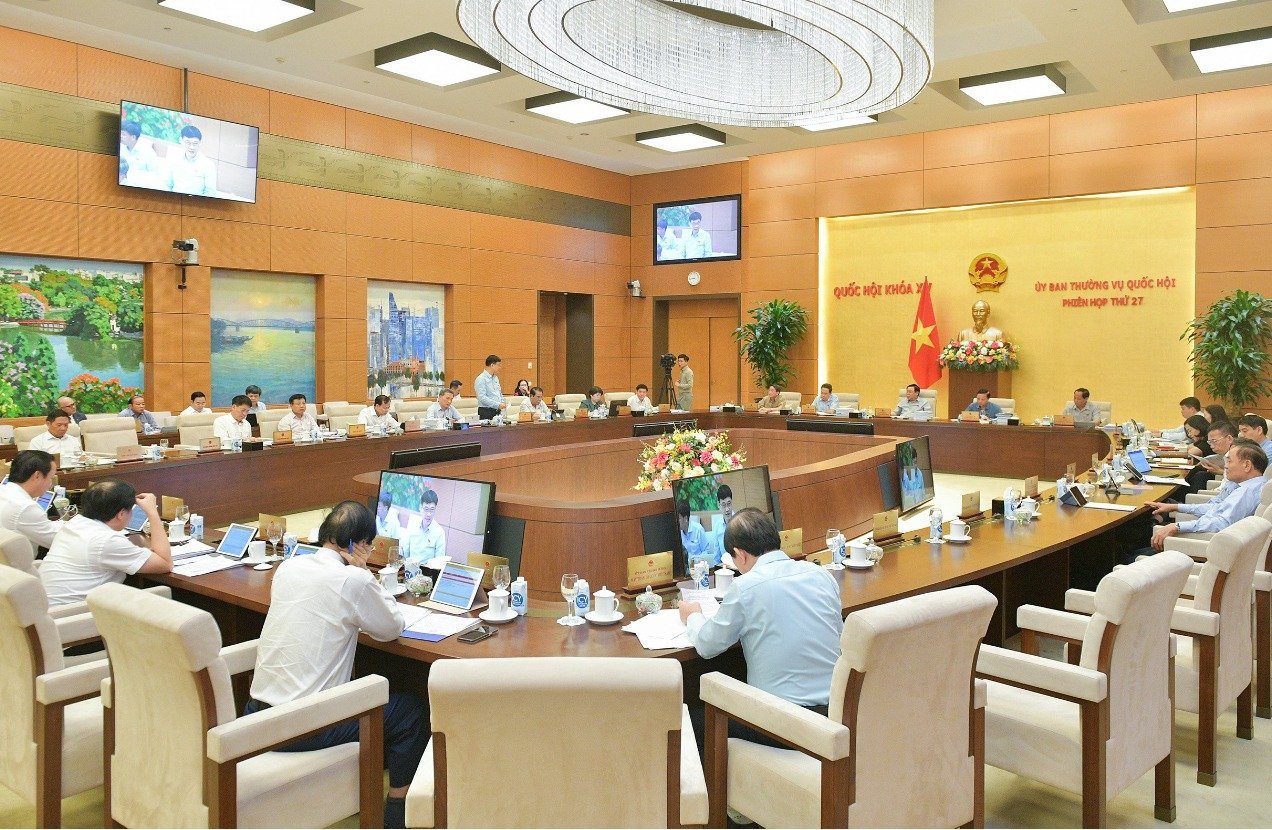
Overview of the meeting.
An assessment is needed regarding the bottlenecks and obstacles in managing the prices of electricity, coal, gas, and petroleum products.
Also speaking at the session, Vice Chairman of the National Assembly, Lieutenant General Tran Quang Phuong, agreed with many of the contents of the Supervisory Delegation's report, noting that the supervision report was well-prepared and had scientific research significance.
To further refine the report, the Vice Chairman of the National Assembly, Lieutenant General Tran Quang Phuong, suggested clarifying several issues. Accordingly, he proposed that the monitoring report should closely adhere to the resolutions of the National Assembly and the Standing Committee of the National Assembly related to energy. The Vice Chairman cited examples such as Resolution 134 of the 15th National Assembly, which sets specific targets for energy monitoring; Resolution 74 of the 15th National Assembly on practicing thrift and combating waste; and the Resolution on questioning by the Standing Committee of the National Assembly regarding energy issues.
The Vice Chairman of the National Assembly emphasized that these are important resolutions outlining specific tasks regarding the nation's energy issues; however, the monitoring report lacks this content, therefore, a review is requested to add it.
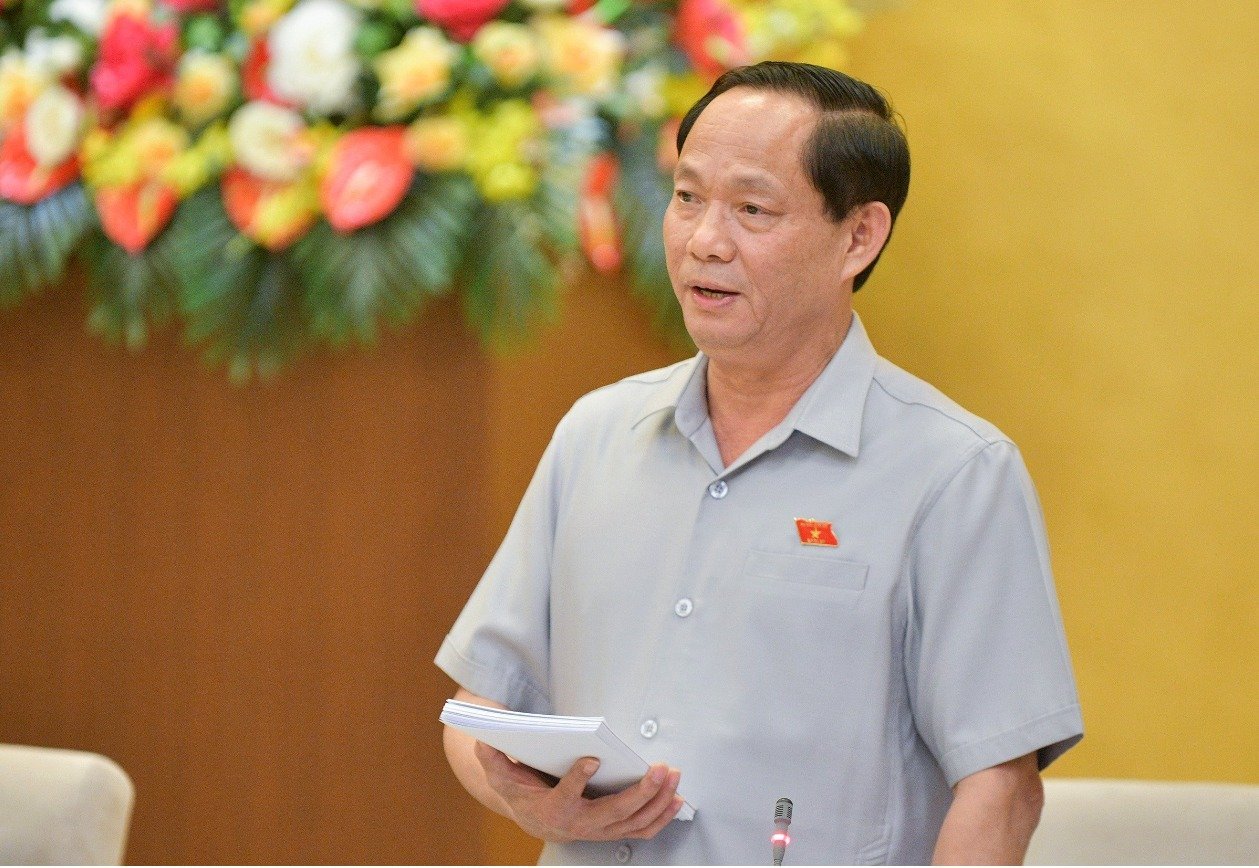
Deputy Speaker of the National Assembly Tran Quang Phuong delivered a speech.
Deputy Speaker of the National Assembly Tran Quang Phuong stated that it is necessary to assess the rectification of hydropower issues according to Resolution 134 in order to propose key measures to address hydropower problems, including the obstacles encountered in previous terms and what has been accomplished so far. Emphasizing that this is a matter of great concern to the people, especially given the subsidence and earthquakes caused by hydropower projects, Deputy Speaker Tran Quang Phuong raised the question of how this issue has been assessed, whether the rectification of hydropower problems has met the requirements of Resolution 134, and proposed key measures for the future.
The Vice Chairman of the National Assembly stated that an assessment is needed regarding the bottlenecks and obstacles in the management of electricity, coal, gas, and petroleum prices in the past, along with their causes and responsibilities. A more thorough evaluation of the implementation of the Power Development Plan VII is necessary, addressing the discrepancies between planning and power transmission, such as the situation where there is surplus electricity but it cannot be integrated into the national grid. These are issues that require a clear identification of the causes and specific responsibilities of local authorities and managing agencies in order to propose solutions for the future and request the Government to direct the resolution of these key issues.
Deputy Speaker of the National Assembly Tran Quang Phuong also proposed identifying key solutions regarding scenarios to ensure energy security; key solutions concerning overall planning with sectoral planning, addressing inadequacies in sectoral plans that cause significant waste of social and business resources due to mismatches between power capacity and transmission; and key solutions concerning energy infrastructure, science and technology, energy technology, and the energy market.
Source




![[Photo] Prime Minister Pham Minh Chinh attends the Conference summarizing and implementing tasks of the judicial sector.](/_next/image?url=https%3A%2F%2Fvphoto.vietnam.vn%2Fthumb%2F1200x675%2Fvietnam%2Fresource%2FIMAGE%2F2025%2F12%2F13%2F1765616082148_dsc-5565-jpg.webp&w=3840&q=75)



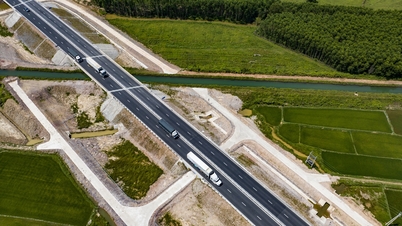





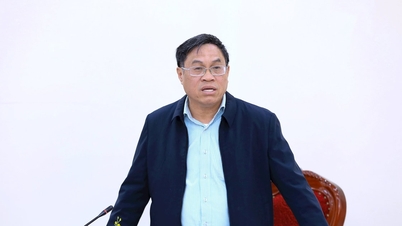
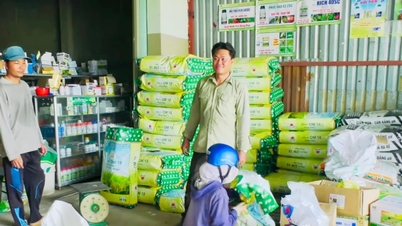


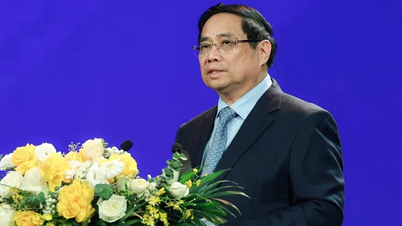


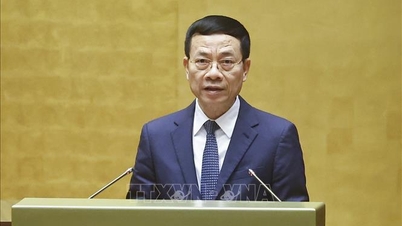




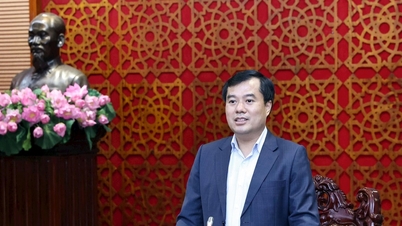




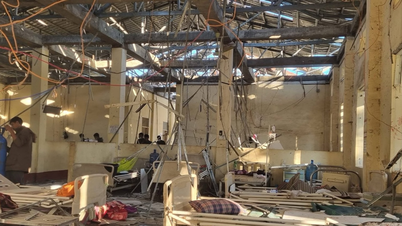


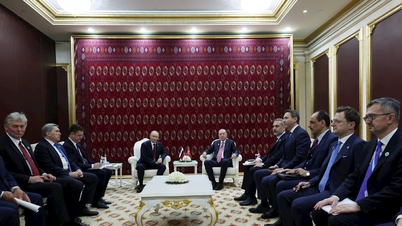









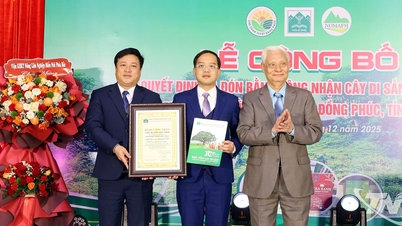





















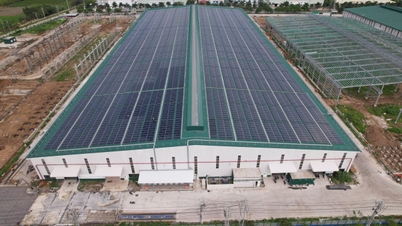


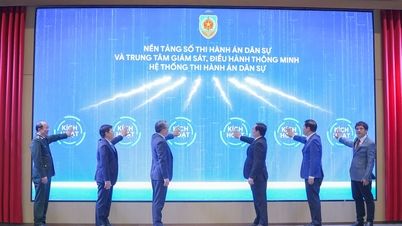










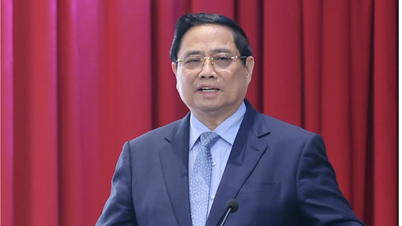



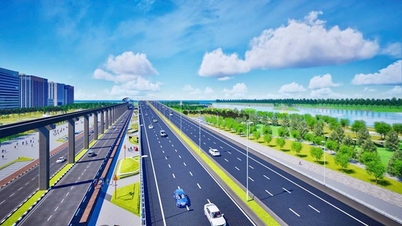
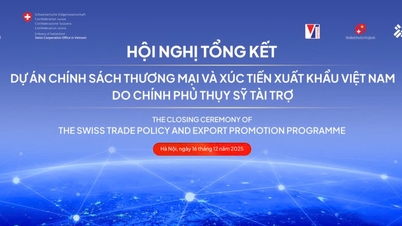

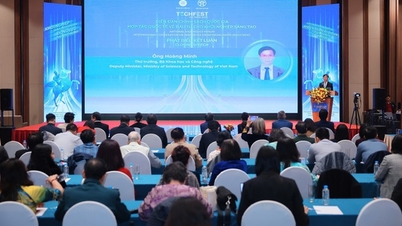

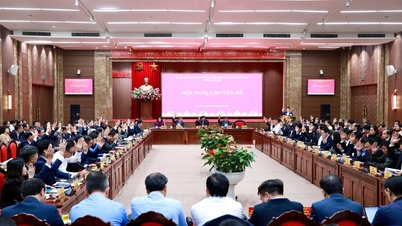

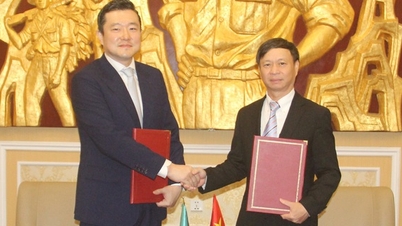


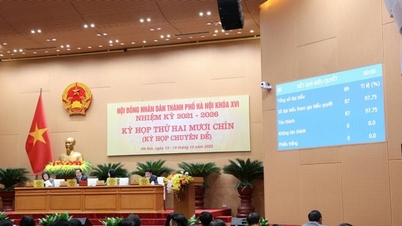


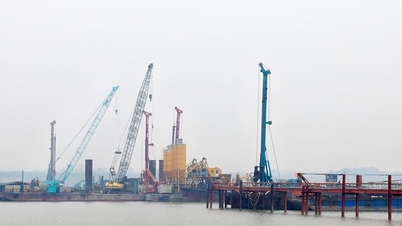




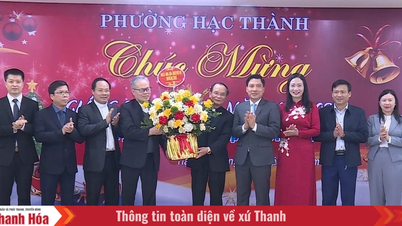














Comment (0)